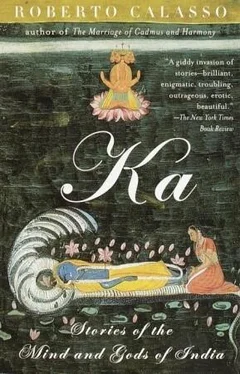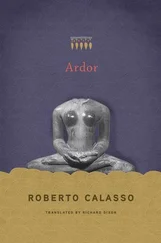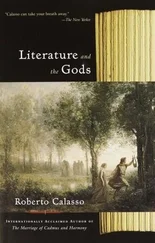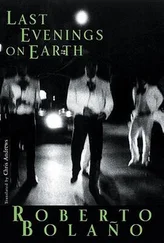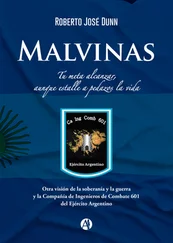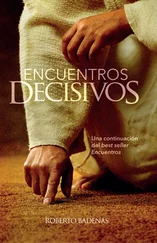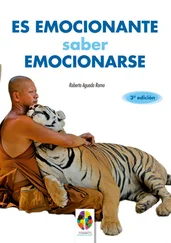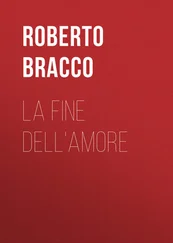Any lands the horse trod in its wanderings became the property of the sacrificer-king. Anyone who saw the horse knew that from that day on he had a new king. It is not through war that one conquers, since conquest is the unbridled running of the horse. War occurs only if a prince attempts to stop the horse. Then the sacrificer-king must break off the sacrifice and declare war on that prince. War is an incident that interrupts a rite.
Freedom is the wandering of the horse. Everything else is obligation and precept. Freedom is manifest only within the frame of the bond. At the beginning the horse has two ropes around its neck. Then it is untied. Not the opposite.
As long as it continues to wander, the sacrificial horse is like the young Siddhārtha in the park of his father’s palace. He too is escorted, he too is secretly led in order that he not see anything: the horse in order that he not encounter mares or water; the Buddha in order that he not encounter old age, illness, or death. But both will encounter what they should not: the horse on his return to the place of sacrifice; Siddhārtha, by chance, in a corner of the park. The Buddha is Tathāgata, “He-who-came-thus.” The horse is “he who has been led” (meaning: to the sacrificial pole). In those two verbs (“came,” “led”) lies the difference between the two. One emerges from thick forest, like a common pilgrim: thus does the Buddha reappear to his companions — and risks not being recognized. The horse too reappears from thick forest, to find himself once again in the place of sacrifice from whence he set out, as if he had come back by chance, but behind him, imperceptibly, his escort has been guiding his wanderings. Blessed are the footsteps of both the one and the other, the Buddha and the horse.
Every time they met a brahman, as they wandered through forest, villages, and meadows, they would ask him: “Brahman, what do you know about the sacrifice of the horse?” If the brahman couldn’t answer at once, they robbed him. Indeed, “he who, being a brahman, knows nothing of the sacrifice of the horse, knows nothing about anything, and so is not a brahman and as such is liable to be robbed.” Of all those they met they would ask: “What happens during the sacrifice of the horse?” If they couldn’t answer, all their belongings were plundered and seized. The victim of robbery is he who does not know. Thus they set out to base conquest on knowledge. For all the peoples who lived around them, all who came after them, the opposite was true: they set out to base knowledge on conquest.
While the horse was wandering through lands unknown, the sacrificer-king and the priests sat around the altar on gold-embroidered cushions. Then the hotṛ began to tell stories. They were stories of ancient kings, exemplary stories, which the new sacrificer-king would revive. They were cyclical stories, starting over and over, the whole year long. Thirty-six times, in cycles of ten days. Hence their name: pāriplava , the story that keeps beginning again ( pāriplavate ).
We can try to imagine what the pāriplavas were like, those stories of the deeds of gods and kings, endlessly recited throughout the long twelve-month wait for the horse’s return. We may even plausibly suppose that they were the earliest models for what would one day become the Mahābhārata. None of them has survived. We know of them through other channels: through the hymns of the Ṛg Veda, which offer allusions, enigmas, dazzling glimpses; through the speculations of ritualists, who refer only to fragments of the stories, particular details useful for expounding some line of thought they are developing — and otherwise consider them as common property. Yet those stories don’t give the impression of being lost to us, rather of occupying a space within a frame, a space at once empty and clearly delineated. And in this case it is the frame that is the real center of the picture. The frame is the story of the stories: the Romance of the Horse that no one told, but that every deed showed forth, that every deed helped to bring about throughout the arc of a year. That forever untold romance not only contains all the other stories, which can spring forth only within its intervals, but also is their secret articulation, as if all the doings of the gods and the first kings were above all a consequence of that story-frame, that no one ever tells, but that all, from the sacrificer-king to the priests to the most humble of bystanders, help to evoke, to have happen within the sacrificial clearing.
Narrative emerged during the wait, the long wait for the horse’s return. And it was a way of preventing the relationship with the wandering horse from being broken. The narrative wandered around like the horse. The secret thought of the narrative is the horse. The secret thought of the horse is the narrative. And what did the pāriplava recount, every ten days of the horse’s absence? “This cyclical legend recounts all realms, all regions, all the Vedas, all the gods, every being.”
There were two lives running parallel. There was that of the wandering horse, followed by his escort of four hundred warriors, an unpredictable, uproarious horde, who crossed villages like a whirlwind, leaving travelers bewildered. They would see a cloud of dust and say: “It’s the sacrificial horse.”
And there was the life of the priests and the sacrificer-king. Their thoughts were always on the horse. Their greatest fear: that the horse would get lost. Whatever they did, their ritual gestures — which were innumerable — was done in order to tense the thread that linked them to the horse. Sometimes you would see them pouring oblations into the hoof marks the horse had left in the dust.
And one day the horse would reappear. With great familiarity, as if it had never been away, the priests welcomed it into the hut they had built for it out of aśrattha would on the sacrificial clearing. It would be shut up there for seven days while the priests and the sacrificer-king busied themselves with oblations all around. As the soma was being filtered, the sacrificer-king would murmur: “From nonbeing lead me to being; from darkness lead me to light; from death lead me to immortality.”
It was time for the bloody part of the sacrifice. The priests opened the door of the horse’s hut and got it to come out. The horse led the way. The adhvaryu held it by the tail. The priests followed in single file, each holding a flap of the robe of the one in front. Why did the priests follow the horse? Because the horse knows “the path of the sky.” It also knows some chants better than the priests. Thus the udgātr , the chanter, let the horse take his place. The horse approached the enclosure where the mares were hidden. The enclosure was opened. At the sight of the mares, the horse neighed, high-pitched, in the silence. “The horse goes hiṇ , and that shriek is the udgitha .” The udgītha is the chant that the udgātṛ must make. It is the chant the udgātṛ would now imitate from the horse.
There is a privilege bestowed on whatever takes place in the intervals, the chinks, the gaps. It is a memory of the continuous. Thus in addition to the twenty-one equidistant poles to which sacrificial victims were tied, there were also victims tied in the intervals between the poles: all wild animals. Thirteen for every interval. Including three sparrows (for the Summer); three frogs (for Parjanya); three crocodiles (for Varuṇa); three peacocks (for the Aśvins); three eagles (for the Year); three moles (for Bhūmi); three deer (for the Rudras); three buffalo (for Varuṇa); three elephants (for Prajāpati); three midges (for Sight); a tawny gazelle (for the Apsaras); a porcupine (for Hrī, Modesty); a black snake (for Mṛtyu); an owl (for Nirṛti, Dissolution); a boar (for Indra); and a pied gazelle (for the Viśve Devas, the All-gods).
Читать дальше
